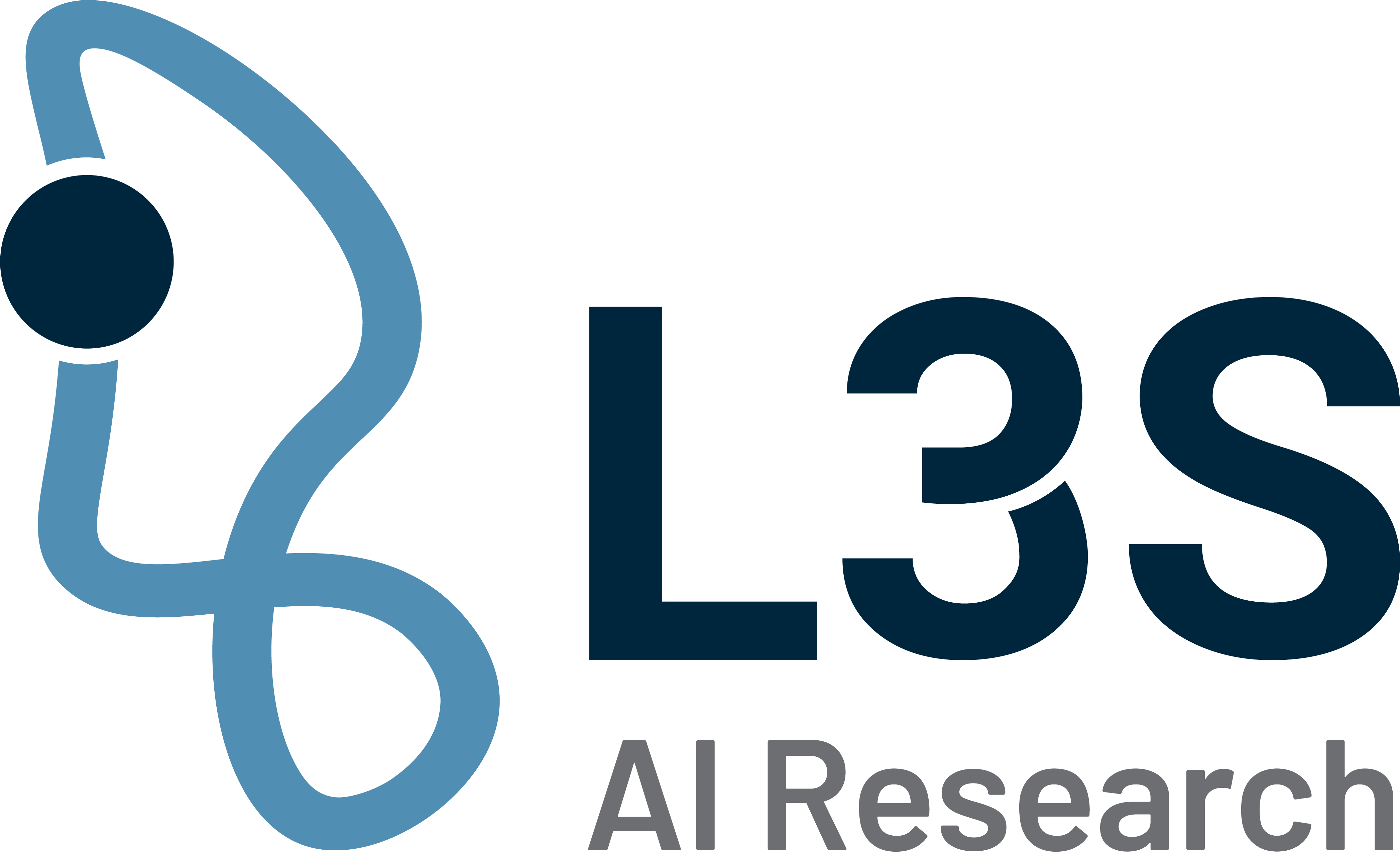Foto: ©David Perez – Flickr.com
Machine learning for the automatic detection of vanishing points
Just don’t lose your bearings
In some areas, the human brain is still superior to the machine: For example, it is quite easy for people to grasp the rough structure of a scene at a glance. In doing so, the brain relies on its ability to identify vanishing points in the image of the environment. They provide information about the orientation and arrangement of objects. Vanishing points arise when parallel lines are imaged in three-dimensional space on a two-dimensional plane – for example on the retina of an eye or the sensor of a digital camera. The previously parallel lines are transformed by this projection in such a way that they then intersect at a common vanishing point.
Vanishing points can be used to extract information from images necessary for complex applications such as autonomous vehicle control. Not only the orientations and relative distances of objects such as cars and buildings within a scene, but also the orientation of the vehicle to its environment can be measured using vanishing points obtained from a single camera.
Despite more than 20 years of research, there are still no sufficiently robust algorithms for automatic vanishing point detection. The human brain incorporates a lot of context information and prior knowledge that could only be cast into a classical image processing algorithm with a great deal of effort. At the Institute of Information Processing, L3S scientists are therefore investigating how artificial neural networks can learn this knowledge and use it to identify vanishing points. Well-known network architectures and data sets for the training of neural networks have so far proven to be unsuitable for this problem. The main focus of research at the L3S is therefore on the exploration of novel network structures and the effective generation and enrichment of data with which they can be trained.
Contact

Florian Kluger, M.Sc.
Florian Kluger is a research assistant at the Institute of Information Processing. He deals with machine learning and its applications in the field of automatic image interpretation.


